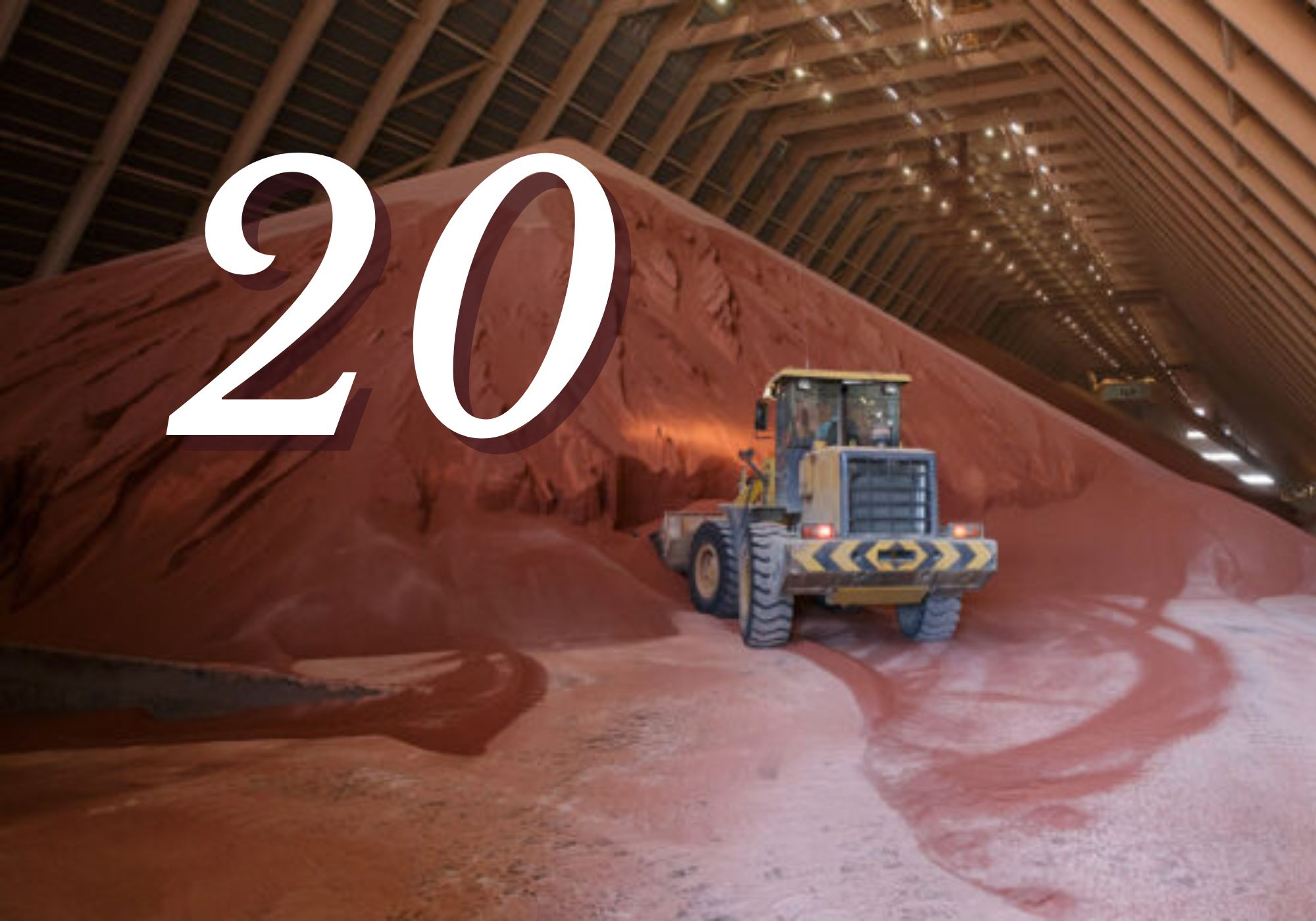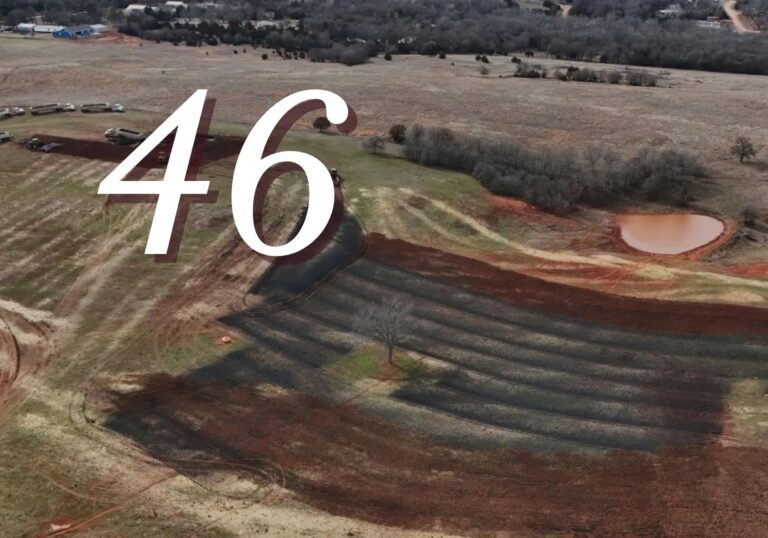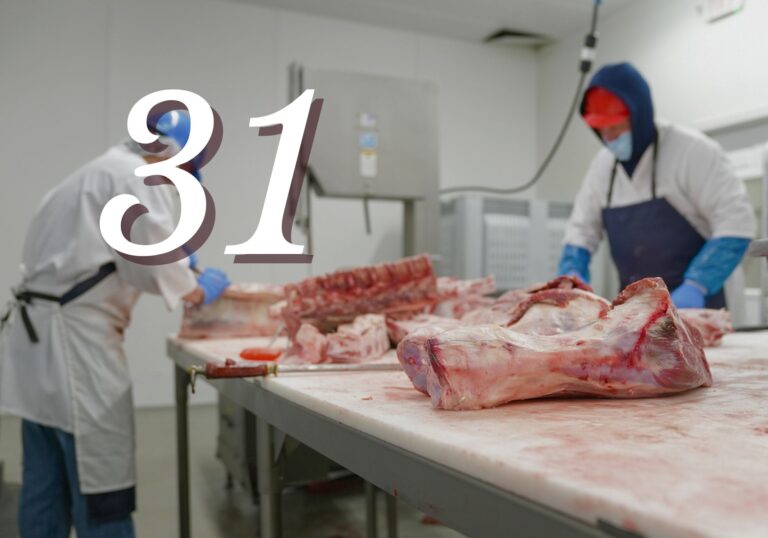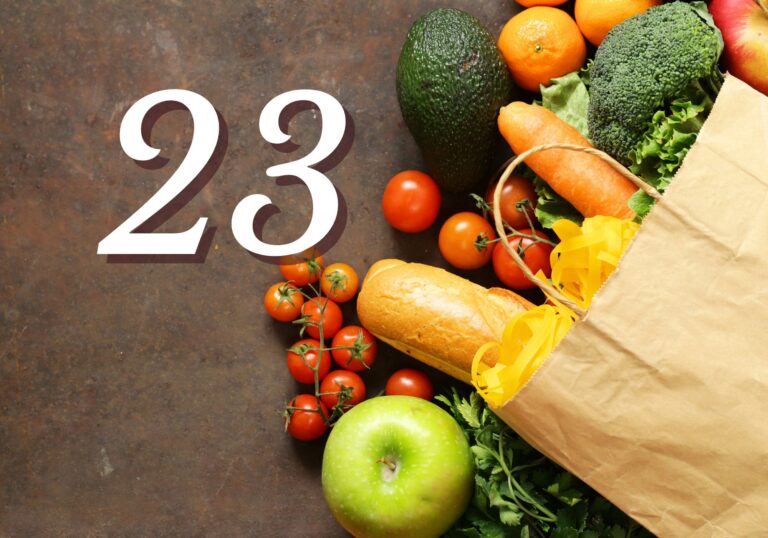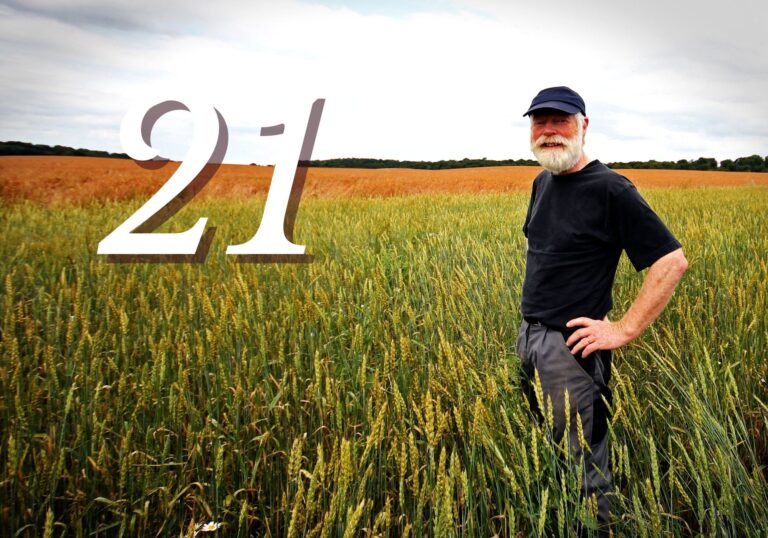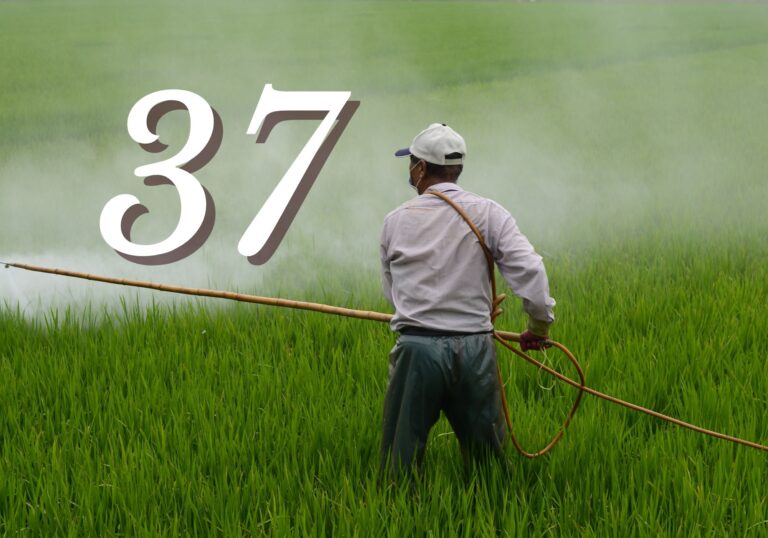Farm Loans
Each spring, farmers require considerable amounts of money upfront to pay for seeds, fertilizer, pesticides, equipment repairs and to purchase young animals to raise. Traditionally, many farmers would receive short-term loans at the start of the season, backed by the government, and repaid the loans after selling their crops or livestock.
In recent years, these loans have become much harder to get. When providing a mortgage, a bank can easily ascertain the value of the property being purchased, and assure there is sufficient collateral. However, loaning to a farmer to purchase livestock or inputs for planting his crops, the bank cannot be assured of the value of the crops or livestock at the time of sale.
In just 7 years, between 2017 and 2024, 160,000 US farms went under. Banks decided that loaning to farmers was putting their funds at increased risk, and many stopped lending or demanded repayment before farmers were able to market their crops or livestock. As conditions for farmers got worse, they had to borrow just to keep afloat day to day. Total farm lending increased 7% in 2024.
In addition, adverse weather events or diseased crops or animals can result in total losses. Although these events are outside of the farmer’s control, banks have responded with harsher terms for farm loans than other loans, including higher interest rates.
While the U.S. government long ago created two main methods for farmers to get credit, the two systems – originally created to complement each other – have become something of a Catch-22 for farmers in recent years.
First, the Farm Credit System (FCS) provides loans through private banks, which are backed by the government with subsidized interest rates. While the FCS lends to farmers, it requires an excellent credit history and a strong farming history, making the loans unavailable for most small farmers [1]
Around 2019, the four banks that make up the Farm Credit System were allowed to start providing loans to large corporations for rural infrastructure projects like broadband access, instead of offering the available funds to the small farmers the system was designed to assist. [2]
The second federally-supported source of agricultural loans comes through the Farm Service Agency (FSA). But in order to qualify, farmers must prove they can’t get credit elsewhere.
This means if a farmer is able to get credit from a Farm Credit Bank, even if it means accepting risky terms that could end in a foreclosure, credit from the FSA will not be available.
For those who do qualify for an FSA loan, they must provide a detailed financial plan, have farming experience, and pledge at least 125% of the loan amount as collateral, usually putting their farm or livestock at risk. They also must obtain expensive insurance that isn’t available in some areas, and the application process is complex. After all that, FSA only has limited funds to lend that run out fast.
Even after farmers are approved for credit, banks can call in their loans (demand repayment before the term of the loan is up) and take over the land or livestock pledged as collateral. Recent court cases revealed that Farm Credit Banks have called in total loan amounts prematurely, before a payment was ever missed.[4]
If a farmer can’t get a seasonal loan, he is likely to have to sell off his farm. If he can get a loan, but can’t pay it back, he may also lose the farm. For example, 2025 is a bumper year for corn. While you would think that would be great for farmers, the surplus amount of corn has dropped the price of corn to $3.90 a bushel–roughly half what it was 3 years ago–so the bumper corn crop has caused farmers to LOSE $100/acre on the corn they grew. How many will be unable to pay back their farm loans this fall?
Sources
https://eligibility.sc.egov.usda.gov/eligibility/welcomeAction.do
https://farmcredit.com/news/farm-credit-welcomes-infrastructure-legislation
https://www.conterraag.com/farm-debt-agricultural-lenders-banks-2025
